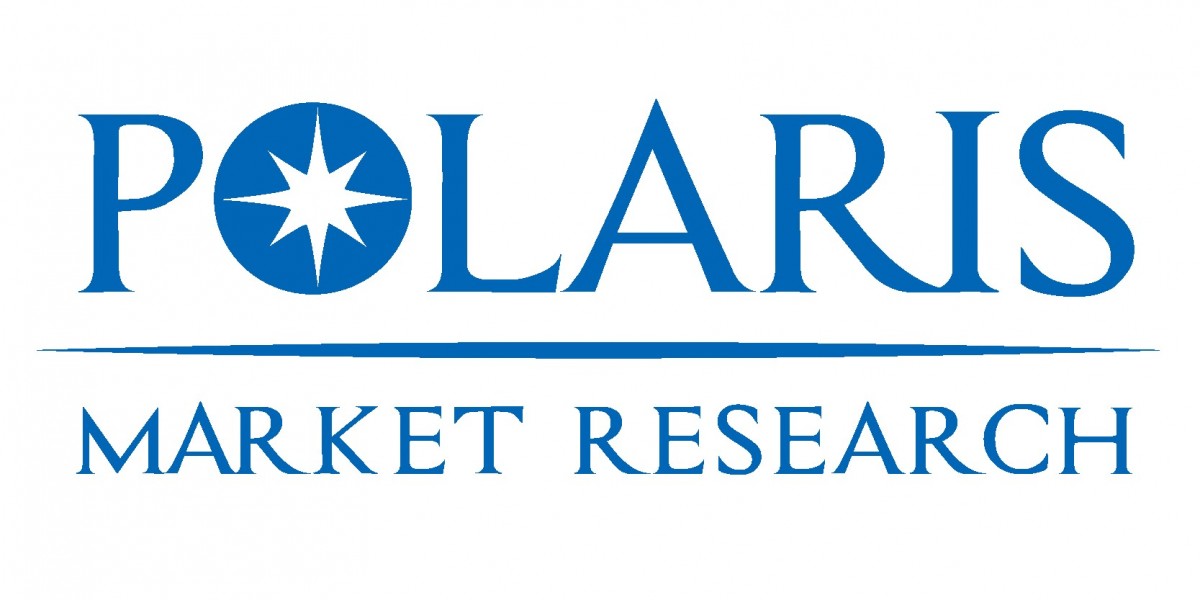In the last decade, we’ve witnessed a historic shift in how people think about money, ownership, and value. With the rise of blockchain technology, a new class of digital instruments has emerged — powerful, borderless, and often misunderstood. These are crypto assets, and they are redefining the rules of modern finance.
No longer confined to niche communities or tech-savvy investors, crypto is now in boardrooms, newsrooms, and government policy agendas. From venture capitalists to college students, people are exploring how to take part in this rapidly evolving digital economy. Whether you're looking to diversify your portfolio, build a tech-driven startup, or simply stay ahead of the curve, understanding crypto assets is no longer optional — it's essential.
What Are Crypto Assets, Really?
At their core, crypto assets are digital representations of value that exist on a blockchain — a decentralized, immutable ledger that ensures security and transparency. While the most well-known crypto asset is Bitcoin, the category includes a wide range of digital tokens, each serving different purposes.
Some common types include:
Cryptocurrencies: Digital currencies like Bitcoin, Ethereum, and Solana, used as mediums of exchange or stores of value.
Utility Tokens: Digital assets that give holders access to a product or service within a specific ecosystem.
Security Tokens: Blockchain-based representations of ownership in real-world assets such as real estate, equities, or debt instruments.
Stablecoins: Crypto assets that are pegged to fiat currencies to minimize volatility, such as USDC or USDT.
Non-Fungible Tokens (NFTs): Unique, indivisible tokens used to represent digital art, intellectual property, or virtual real estate.
What unites all these different types is the use of blockchain to ensure secure, verifiable transactions — without needing a central authority.
Why Crypto Assets Are Gaining Ground
This isn’t just a passing trend. The shift toward decentralized finance is driven by real-world needs and frustrations with legacy systems. Traditional financial institutions are often slow, expensive, and limited by borders. Crypto assets offer a compelling alternative.
Here are some of the reasons people and businesses are taking crypto seriously:
Financial Inclusion
In many parts of the world, people lack access to banking services, credit, or investment tools. With a smartphone and internet connection, anyone can now send, receive, and store value securely through blockchain-based wallets.
Decentralization and Transparency
Unlike traditional systems, which rely on centralized control, crypto assets operate on decentralized networks. This reduces single points of failure and gives users full control over their holdings.
Transactions are recorded on public blockchains, offering transparency and trust without needing third-party verification.
Efficiency and Speed
Cross-border payments using crypto can be completed in minutes, not days. The process eliminates middlemen, reducing fees and friction.
New Investment Opportunities
Crypto assets have opened doors to a new class of investors who can buy fractions of tokens, access early-stage projects, or earn passive income through staking and yield farming — opportunities traditionally available only to institutions.
Real-World Use Cases: From Innovation to Impact
Crypto is no longer just about buying low and selling high. It’s about solving problems and building new possibilities.
Here are just a few ways crypto assets are being used today:
Remittances: Migrant workers can send money home without high fees or delays.
Crowdfunding and DAOs: Entrepreneurs can raise capital from a global audience using decentralized autonomous organizations.
Tokenized Real Estate: Property ownership is being democratized through fractional ownership and tokenization, allowing more people to invest in tangible assets.
Gaming and Metaverse: Players earn, trade, and own in-game assets with real-world value.
Supply Chain Management: Assets tracked via blockchain ensure authenticity, traceability, and trust from production to delivery.
These use cases demonstrate how crypto is breaking traditional boundaries and opening up new models of ownership and participation.
The Role of Regulation: Friend or Foe?
One of the most pressing topics around crypto assets is regulation. Governments around the world are grappling with how to integrate digital assets into their legal frameworks.
On one hand, regulatory clarity can protect investors, prevent scams, and increase institutional adoption. On the other hand, overly strict rules risk stifling innovation or driving projects offshore.
The most effective approach lies in balance — enabling growth while safeguarding users. As the industry matures, we’re seeing positive steps toward clearer guidelines, better compliance tools, and more responsible innovation.
Companies that embrace regulation early are well-positioned to thrive in this new financial landscape.
How Cireta Is Simplifying Access to Digital Assets
Navigating the world of crypto assets can be overwhelming, especially for those unfamiliar with wallets, gas fees, or blockchain protocols. This is where trusted platforms make all the difference.
Cireta is a technology-forward company helping bridge the gap between traditional finance and decentralized assets. By offering secure access to blockchain-based investment opportunities — including real estate, tokens, and digital collectibles — Cireta empowers users to explore this new asset class without technical roadblocks.
With a user-friendly interface and a strong emphasis on compliance, Cireta is focused on making digital asset investing transparent, simple, and inclusive for a global audience.
Risks and Challenges to Watch
Like any emerging technology, crypto comes with its own set of risks:
Market Volatility
Crypto markets can swing wildly in a short time, making it essential to understand what you’re investing in and avoid speculative hype.
Security Concerns
Hacks, phishing, and wallet mismanagement can result in permanent loss of funds. Users need to prioritize security, use hardware wallets when necessary, and follow best practices.
Scams and Fraud
From rug pulls to pump-and-dump schemes, bad actors exploit the decentralized nature of the space. Thorough research and use of reputable platforms are critical.
Technological Complexity
Terms like "staking," "liquidity pools," and "layer-2 solutions" can confuse newcomers. Education is key to onboarding new users safely and confidently.
Looking Ahead: What the Future Holds
It’s becoming increasingly clear that crypto assets are not a bubble — they are a building block. As adoption grows, so will infrastructure, regulation, and innovation.
We’re already seeing major financial institutions integrate digital asset services. Central banks are developing their own digital currencies. Retail giants are exploring blockchain for supply chain management and payments.
In the near future, the ability to buy a coffee with a crypto token, earn yield from digital real estate, or vote in decentralized organizations may become as normal as using a credit card today.
The possibilities are limited only by imagination — and how quickly we adapt.
Final Thoughts
Crypto assets are ushering in a new financial era — one built on transparency, accessibility, and innovation. Whether you're a cautious observer or an active investor, understanding the dynamics of this space is no longer optional.
We’re moving toward a future where financial systems are more open, inclusive, and intelligent. For those ready to participate, now is the time to explore, learn, and grow with this rapidly evolving ecosystem.
The digital frontier is expanding, and those who engage early will be best positioned to thrive in the next generation of wealth creation.








